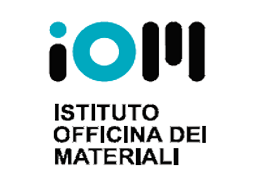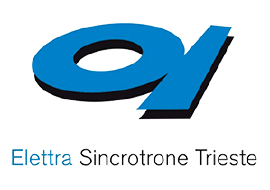Kitkaite: From Kitka River to Spintronic Applications
The emergence of Dirac semimetals is increasingly attracting attention due to the considerable technological potential arising from the peculiar exotic quantum transport related to their nontrivial topological states. Especially, materials showing type-II Dirac fermions hold promise for novel device functionalities enabled by anisotropic optical and magnetotransport properties. Nevertheless, real technological implementation has remained elusive so far since in most Dirac semimetals, the Dirac point lies deep below the Fermi level, limiting technological exploitation.
Based on our spin- and angle-resolved photoemission spectroscopy and density functional theory, we found that kitkaite (NiTeSe) represents an ideal platform for type-II Dirac fermiology. Our data demonstrate the existence of type-II bulk Dirac fermions in close proximity of the Fermi level, while the surface hosts topological strongly spin-polarized surface states.
By means of surface-science experiments in near-ambient pressure conditions, chemical inertness towards ambient gases (oxygen and water) was demonstrated, which facilitates the implementation of the material in devices without any additional protection (encapsulation) without diminishing the efficiency. In fact, the NiTeSe-based microwave receiver with a room-temperature photocurrent of 2.8 µA at 28 GHz and more than two orders of magnitude linear dynamic range was successfully demonstrated.
These findings are essential to bringing to fruition type-II Dirac fermions in photonics, spintronics, and optoelectronics.





